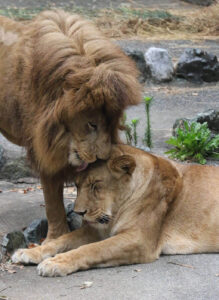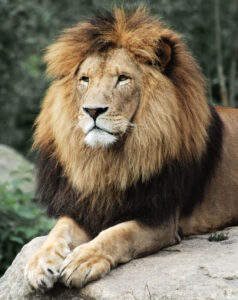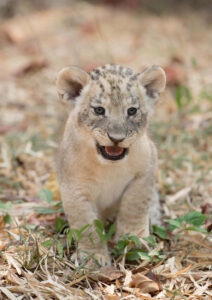The majestic lion, often referred to as the "King of the Jungle", has been a symbol of strength, power, and ferocity for centuries. These magnificent creatures have roamed various parts of the world, leaving their mark in history, culture, and the wild. In this article, we delve deep into the native habitats of lions, their social structures, and the challenges they face in the modern world.
Key Takeaways
- Lions are native to Africa and a small part of Asia.
- They are the most social among the big cats and live in groups called prides.
- Lions face threats from habitat loss and are listed as vulnerable species.
- The roar of a lion can be heard from as far as 5 miles away.
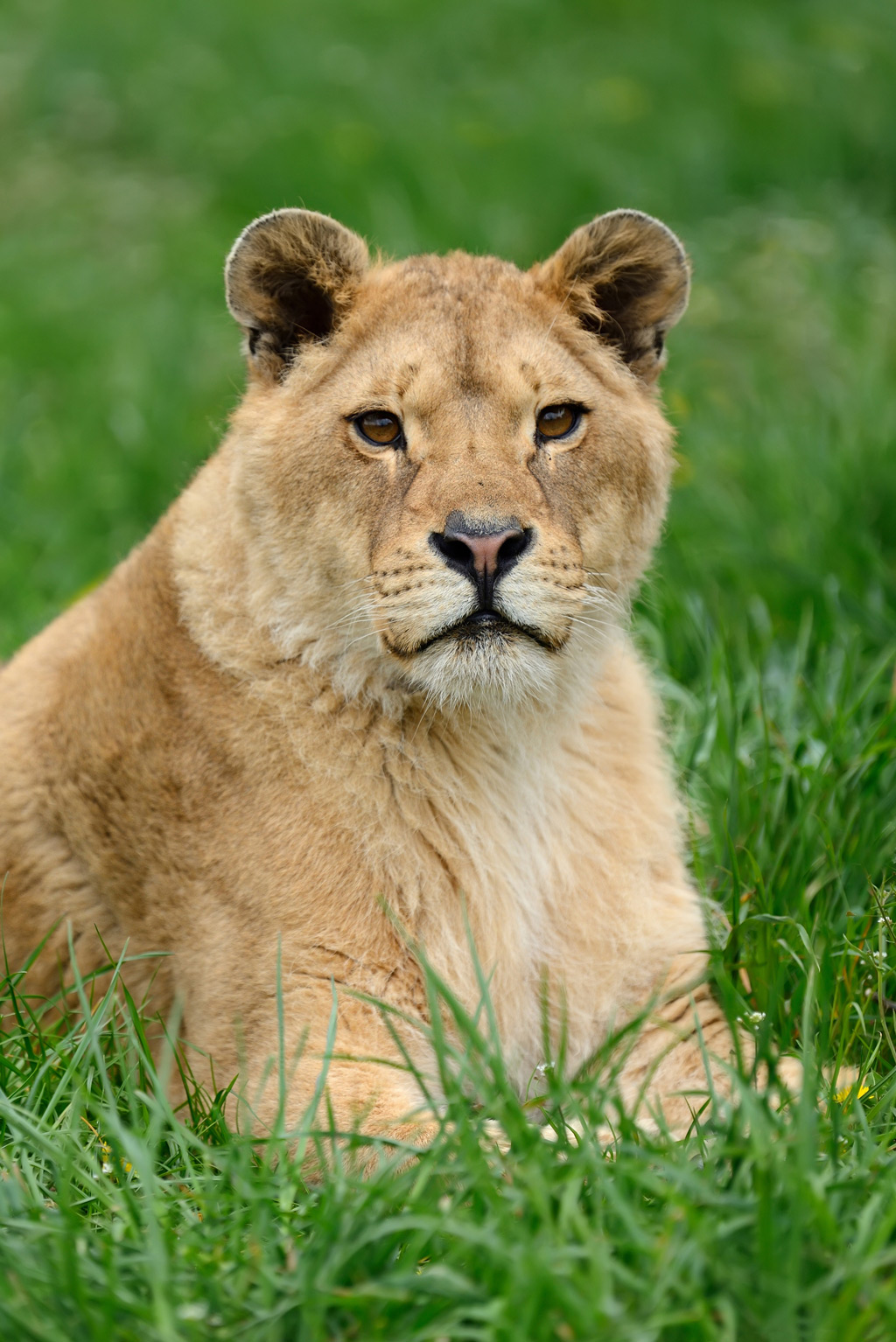
Historical Range of Lions
Africa, Asia, and Europe
Historically, lions roamed vast territories spanning across Africa, Asia, and even parts of Europe. Their reign was extensive, and they were found in diverse habitats ranging from dense forests to open grasslands.
Current Distribution
Today, the lion's range has significantly reduced. They are predominantly found in Africa, with a small population of Asiatic lions residing in the Sasan-Gir National Park in India. This park, primarily created to protect the species, houses approximately 350-400 lions.
Social Structure and Behavior
Living in Prides
African lions are the most social of all big cats. They live in groups known as prides, which typically consist of about 15 lions. Within these prides, there's a fascinating social dynamic. Male lions primarily defend the pride's territory, marking their domain and ensuring the safety of the group.
Hunting and Feeding
While males are the defenders, female lions, or lionesses, are the primary hunters. They work together in coordinated groups to stalk and bring down prey. Interestingly, despite the females doing most of the hunting, the males often eat first, asserting their dominance within the pride.
https://www.youtube.com/watch?v=OMkEVX23BdM
Physical Attributes and Abilities
The Mighty Roar
One of the most distinguishing features of a lion is its powerful roar. This roar, which can be heard from as far as 5 miles away, is a means of communication. It can signify a lion's location, assert dominance, or even warn intruders to stay away.
Speed and Agility
Lions are not just powerful; they are agile too. They can run short distances at speeds of up to 50 mph and can leap as far as 36 feet. This combination of strength and agility makes them formidable predators in the wild.
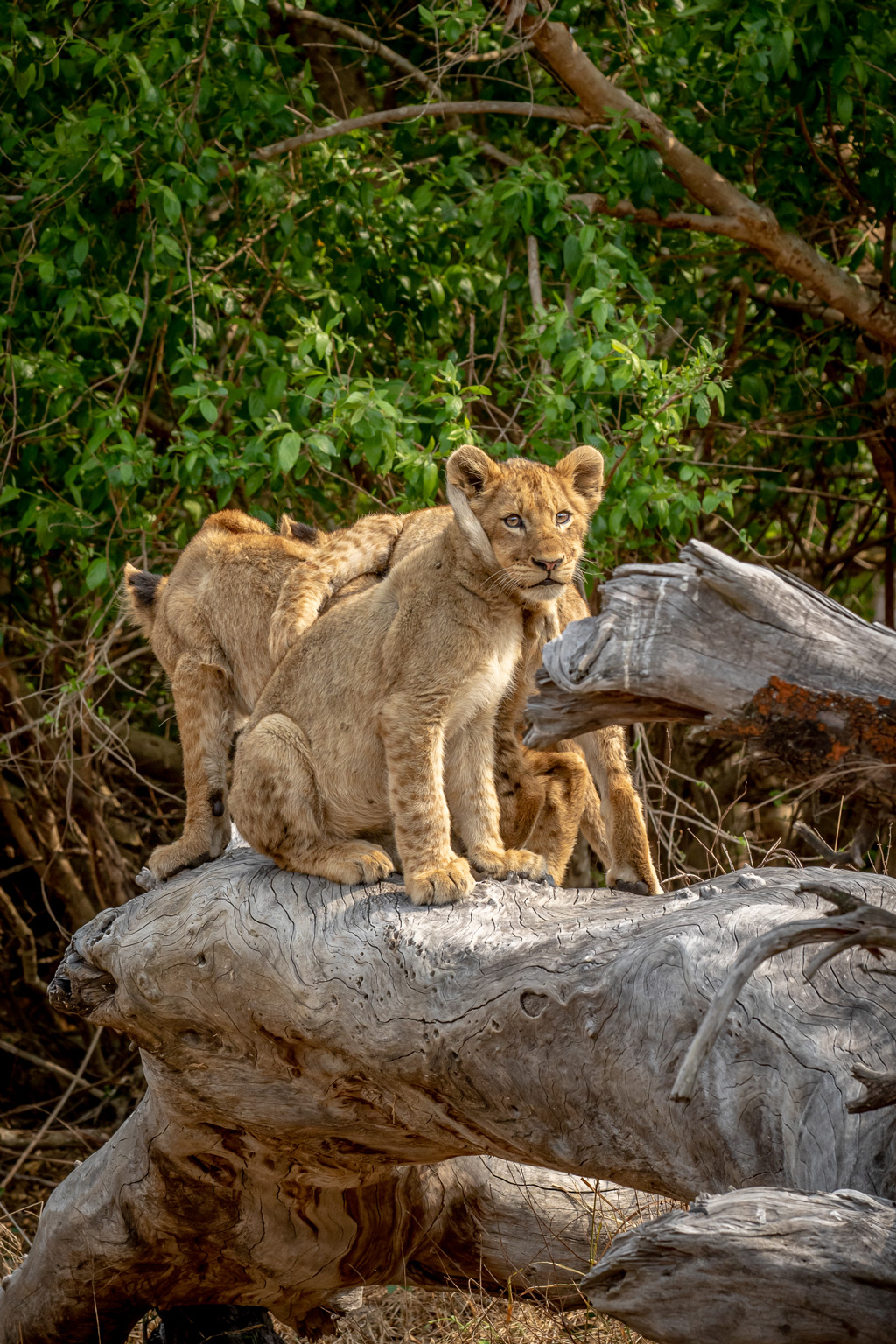
Threats and Conservation
Habitat Loss
One of the most significant threats lions face today is habitat loss. Urbanization, agriculture, and other human activities have encroached upon their natural habitats, leading to a decline in their numbers. As a result, the lion is listed as vulnerable on the IUCN Red List of Threatened Species.
Conservation Efforts
Various organizations and governments are working towards the conservation of lions. Protected areas, like the Sasan-Gir National Park in India, have been established to ensure the survival of these magnificent creatures. Additionally, efforts are being made to reduce human-lion conflicts and promote coexistence.
https://youtube.com/watch?v=aNuz7GNEKro
Misconceptions and Interesting Facts
King of the Jungle?
Contrary to popular belief, lions don't live in jungles. They are inhabitants of grasslands and plains. The title "King of the Jungle" might have arisen from an incorrect association between Africa and jungles or might refer to a less literal meaning of the word jungle.
Telling a Lion's Age
A unique way to gauge a male lion's age is by the darkness of his mane. The darker the mane, the older the lion is. This mane not only signifies age but also indicates the lion's health and virility.
The Current State of Lion Conservation
Lions, often referred to as the "kings of the jungle," have faced numerous challenges over the years. Their numbers have dwindled due to various threats, and the balance between conservation efforts and these threats is a continuous battle. [[img keyword="lion conservation efforts"]]
Why Are Lions Endangered?
Lions once roamed vast territories across three continents, but they have since lost over 85% of their historic range. A century ago, there were around 200,000 lions. Today, that number has plummeted to an estimated 20,000. The primary reasons for this drastic decline include:
- Loss of prey species
- Habitat destruction
- Human encroachment and conflict
Lions are now classified as ‘vulnerable to extinction' by the IUCN (International Union for Conservation of Nature). The challenges they face are multifaceted, including human-lion conflicts, education gaps, poisoning, the bushmeat trade, and snare captures.
Threats to Lions
Lions face numerous threats, both natural and human-induced. Some of the most pressing challenges include:
- Human Encroachment: As human populations grow, they increasingly encroach on lion habitats. This leads to conflicts, especially when lions prey on livestock. In retaliation, humans often resort to killing lions.
- Bushmeat Trade: This refers to the commercial sale of meat from wild animals, often obtained illegally. It affects lions directly when they are caught in snares and indirectly by reducing their prey.
- Poaching: Lions are hunted for their bones, claws, teeth, and skin. The demand for lion parts, especially in the Asian market, has been on the rise.
- Trophy Hunting: This controversial practice involves hunting lions for sport. While some argue that it contributes to conservation through the funds it generates, the negative impact on lion populations and their social structures is undeniable.
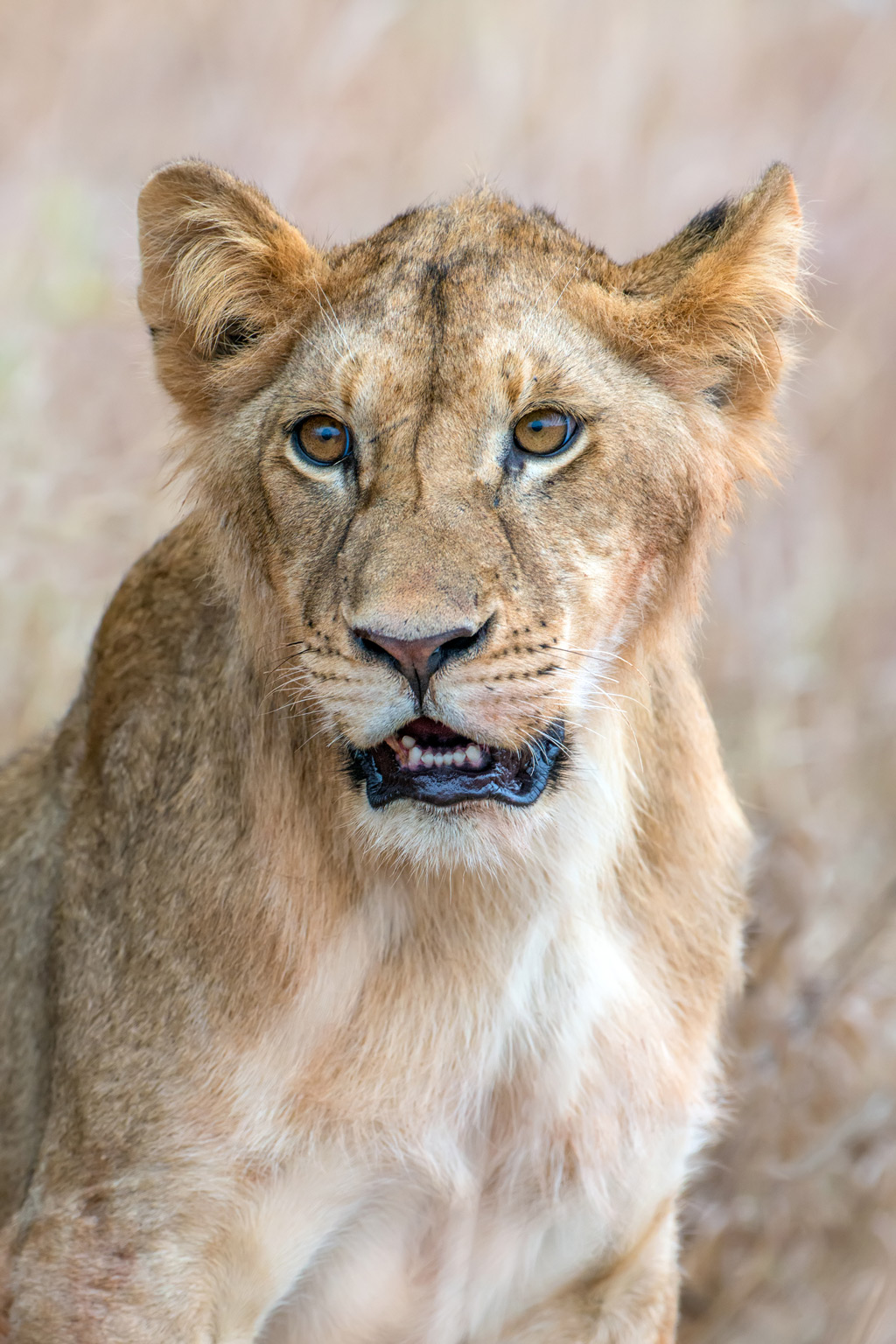
Conservation Efforts
Despite the challenges, there are ongoing efforts to conserve lions and ensure their survival. Some of these efforts include:
- Habitat Protection: Ensuring that lions have vast, protected landscapes to roam is crucial.
- Monitoring: Using satellite collars to track lions helps in understanding their movements and behaviors.
- Community Outreach: Educating local communities about the importance of lions and how to coexist with them is vital.
- Legal Measures: Strengthening law enforcement and implementing stricter regulations against poaching and illegal trade can make a significant difference.
For those interested in directly contributing to lion conservation, organizations like BornWild offer unique experiences that combine adventure travel with conservation efforts.
Frequently Asked Questions
Is trophy hunting beneficial for lion conservation?
Trophy hunting is a contentious issue. While some argue that the funds generated can aid conservation, the practice disrupts lion social structures and can lead to further population decline.
Can captive lions be reintroduced into the wild?
Reintroducing captive lions into the wild is challenging. While they might retain some wild instincts, years in captivity can make them ill-equipped for life in the wild.
How can individuals help in lion conservation?
Supporting reputable conservation organizations, raising awareness, avoiding attractions that exploit lions, and advocating for stricter regulations are some ways individuals can make a difference.

